Cenchrus Ciliaris, Buffel Grass – 0.5 Kg Seeds
₹985.00 Original price was: ₹985.00.₹880.00Current price is: ₹880.00.
(MRP Inclusive of all taxes)
- Shipping Rs 100 for entire order
- Dispatch in 8-10 days
- Country of origin: India
Description for Cenchrus Ciliaris, Buffel Grass
Note: This seeds will be available in 3 weeks time.
Buffel grass germination relies on good rain after planting. The seed must maintain contact with wet soil for 4-5 days to produce a seedling. Sub-soil moisture will sustain the seedling until follow-up rainfall promotes secondary roots that form the crown of established grass plants.
A dry crusted surface can physically prevent seedlings from emerging. Strong weed competition can surpress young buffel grass seedlings.
Planting and care
Buffel grass is grown widely in tropical and sub-tropical arid rangelands around the globe because of its high tolerance to drought and capacity to withstand heavy grazing. Outside its natural range, Buffel grass can rapidly invade native vegetation, roadsides and urban landscapes, altering the wildfire regime and displacing the native flora and fauna.
Due to the economic benefits of the species, eradication is controversial and weed management authorities are ill-informed to effectively target management actions. While over 400 research papers have been published relating to the improvement of Buffel pasture, less than 20 relate to its impact on biodiversity and even fewer describe its nature as an invader.
Strategic control of Buffel grass invasions requires knowledge of regions infested with or vulnerable to invasion, as well as a willingness from the community to be involved in controlling its spread, all of which are currently lacking.
Caring for Cenchrus Ciliaris
- Often occurs in the wild on sandy soils, but is also well adapted to deep, freely draining sandy loam, loam, clay loam and red earth soils.
- The most drought tolerant of the commonly sown grasses.Grows in average annual temperatures from about 12-28 C.
- Spreads readily by seed, which is well adapted to dispersal by wind or water movement.
- Seed also moved by livestock through adhesion to fur, or through ingestion and defecation.
Typical uses of Cenchrus Ciliaris
Special features: NA
Be the first to review “Cenchrus Ciliaris, Buffel Grass – 0.5 Kg Seeds” Cancel reply
Related products
Flowering Plant Seeds (Imported / Hybrid)
Flowering Plant Seeds (Imported / Hybrid)
Flowering Plant Seeds (Imported / Hybrid)
Flowering Plant Seeds (Imported / Hybrid)
Flowering Plant Seeds (Imported / Hybrid)
Flowering Plant Seeds (Imported / Hybrid)
Pot Vegetable Seeds



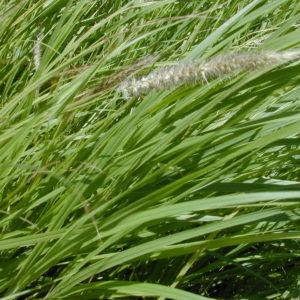
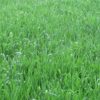
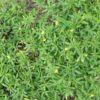
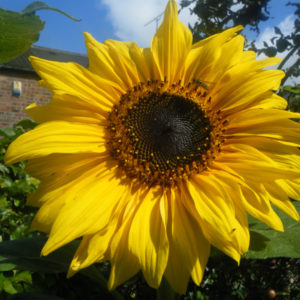
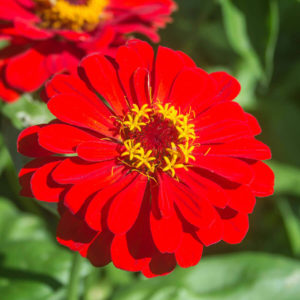

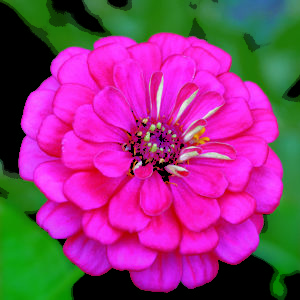
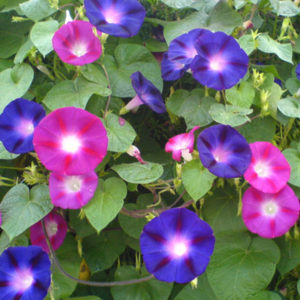

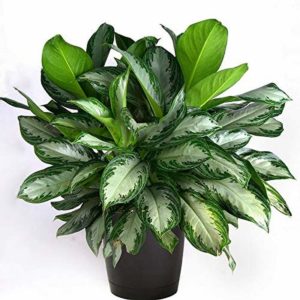
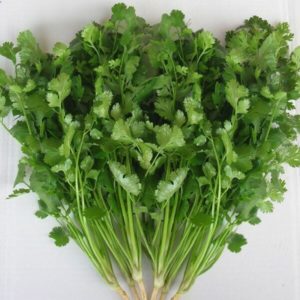
Reviews
There are no reviews yet.